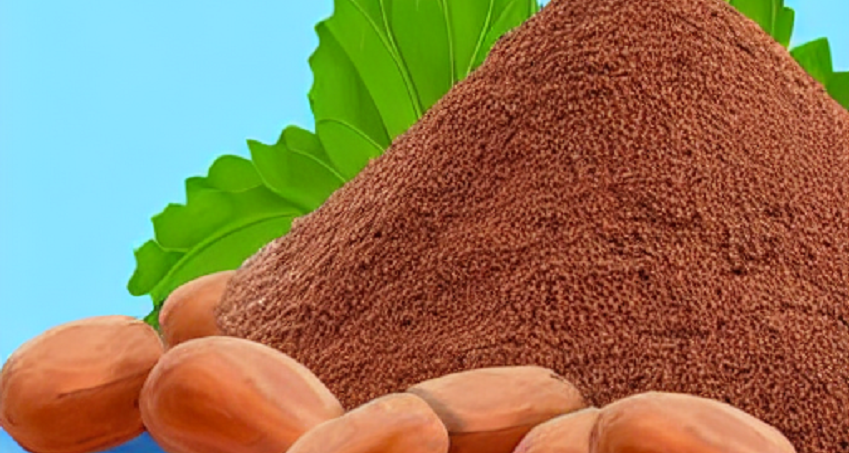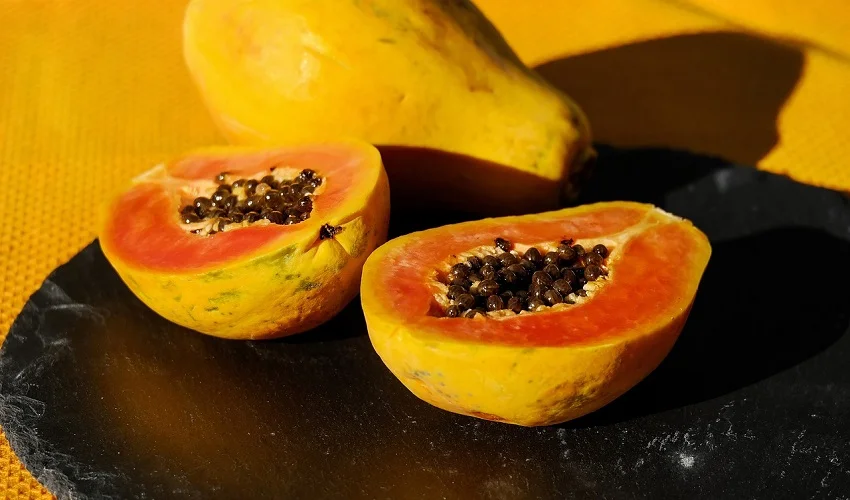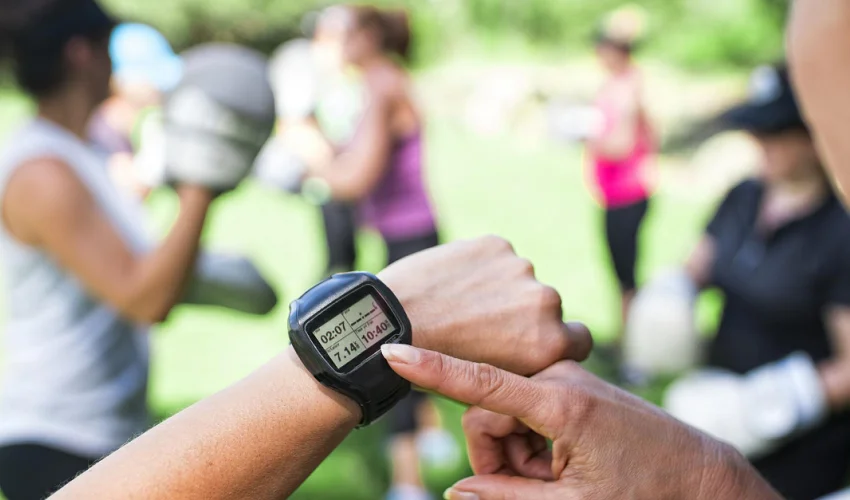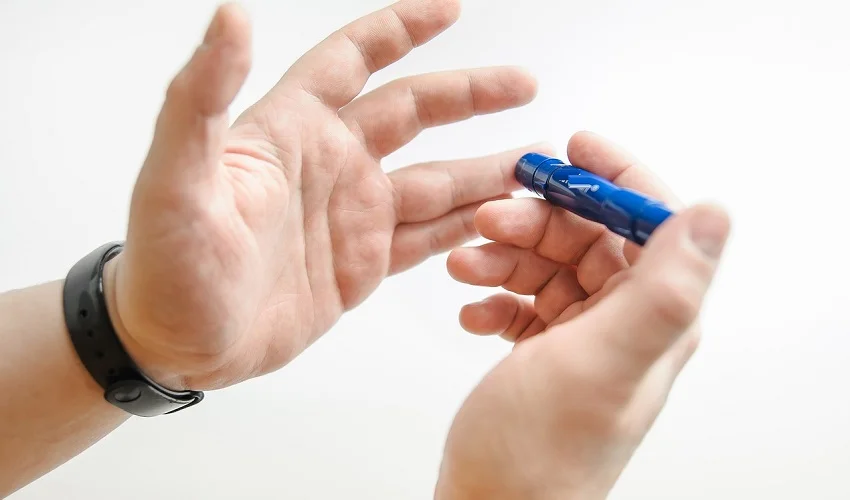What is the glycemic index?
The glycemic index (GI) is a measure of how quickly a carbohydrate-containing food raises blood sugar levels. It ranks foods on a scale of 0 to 100, with higher values indicating foods that cause a rapid increase in blood sugar levels. The GI is important for diabetics as it helps them manage their blood sugar levels and make informed food choices. Ragi, also known as finger millet, has a low glycemic index, making it a suitable choice for diabetics. Consuming ragi can help maintain steady blood sugar levels and prevent sudden spikes in glucose levels. Additionally, ragi is rich in fiber, which aids in digestion and promotes a feeling of fullness, making it an ideal food for weight management. Incorporating ragi into the diet can provide numerous health benefits for diabetics and individuals looking to maintain a healthy lifestyle.
Importance of glycemic index for diabetics
The glycemic index (GI) is a measurement that ranks carbohydrates based on their effect on blood sugar levels. For diabetics, understanding the glycemic index is crucial as it helps in managing blood sugar levels and making informed food choices. Foods with a low GI are digested and absorbed slowly, resulting in a gradual rise in blood sugar levels. On the other hand, foods with a high GI are quickly digested and absorbed, leading to a rapid increase in blood sugar levels. By incorporating foods with a low GI into their diet, diabetics can better control their blood sugar levels and reduce the risk of complications. The glycemic index of Ragi, a popular grain, is particularly important for diabetics as it has a low GI, making it a suitable choice for maintaining stable blood sugar levels.
Introduction to ragi and its glycemic index
Ragi, also known as finger millet, is a nutritious grain that has been cultivated for centuries in India. It is a staple food in many parts of the country, especially in the southern regions. Ragi is rich in fiber, protein, and essential minerals, making it an excellent choice for people looking to maintain a healthy diet. One of the key factors that sets ragi apart from other grains is its low glycemic index (GI). The glycemic index is a measure of how quickly a food raises blood sugar levels. Foods with a high GI can cause a rapid spike in blood sugar, which is not ideal for individuals with diabetes. However, ragi has a low GI, which means it releases sugar into the bloodstream slowly and steadily, helping to prevent sudden spikes in blood sugar levels. This makes ragi a suitable food option for diabetics and those looking to manage their blood sugar levels. In this article, we will explore the glycemic index of ragi and its implications for diabetics.
Benefits of Ragi for Diabetics
Low glycemic index of ragi
Ragi, also known as finger millet, has gained popularity as a healthy alternative to rice and wheat due to its low glycemic index. The glycemic index (GI) is a measure of how quickly a food raises blood sugar levels. Foods with a high GI can cause a rapid spike in blood sugar, which is not ideal for individuals with diabetes. However, ragi has a low GI, which means it is digested and absorbed more slowly, resulting in a gradual and steady release of glucose into the bloodstream. This makes ragi a suitable choice for diabetics as it helps in managing blood sugar levels and preventing sudden spikes. Additionally, ragi is rich in fiber and nutrients, making it a nutritious grain for overall health and wellbeing.
Slow release of glucose
Ragi, also known as finger millet, has been found to have a low glycemic index, making it an ideal food for diabetics. The glycemic index measures how quickly carbohydrates in a food raise blood sugar levels. Foods with a low glycemic index release glucose slowly into the bloodstream, preventing sudden spikes in blood sugar. This slow release of glucose from ragi can help diabetics manage their blood sugar levels more effectively. Additionally, ragi is rich in dietary fiber, which further aids in regulating blood sugar levels and promoting overall digestive health. Including ragi in a diabetic’s diet can provide a steady and sustained release of energy, while also providing essential nutrients and minerals.
Improved blood sugar control
Improved blood sugar control is one of the key benefits of consuming ragi, thanks to its low glycemic index. The glycemic index is a measure of how quickly carbohydrates in food are converted into glucose and released into the bloodstream. Foods with a high glycemic index can cause a rapid spike in blood sugar levels, which is particularly problematic for individuals with diabetes. However, ragi has a low glycemic index, meaning it is digested and absorbed slowly, leading to a gradual and steady rise in blood sugar levels. This slow release of glucose helps to prevent sudden spikes and crashes in blood sugar, promoting better blood sugar control for diabetics. Incorporating ragi into the diet can be a valuable strategy for managing blood sugar levels and reducing the risk of complications associated with diabetes.
Nutritional Profile of Ragi
High in fiber
Ragi, also known as finger millet, is a highly nutritious grain that is gaining popularity among diabetics due to its low glycemic index. One of the key reasons why ragi is considered beneficial for diabetics is its high fiber content. Fiber plays a crucial role in regulating blood sugar levels as it slows down the absorption of glucose in the body. This helps in preventing sudden spikes in blood sugar levels, making ragi an excellent choice for individuals with diabetes. Additionally, the high fiber content in ragi also aids in digestion and promotes a feeling of fullness, which can be beneficial for weight management. Incorporating ragi into the diet can therefore be a smart and healthy choice for diabetics looking to manage their blood sugar levels effectively.
Rich in essential nutrients
Ragi, also known as finger millet, is not only a low glycemic index food but also rich in essential nutrients. It is a great source of dietary fiber, calcium, iron, and antioxidants. The high fiber content in ragi helps in regulating blood sugar levels and promoting better digestion. Additionally, the presence of calcium and iron in ragi aids in strengthening bones and preventing anemia. The antioxidants present in ragi help in fighting against free radicals and reducing the risk of chronic diseases. Including ragi in the diet can be highly beneficial, especially for diabetics, as it provides a nutritious alternative to high glycemic index foods.
Good source of antioxidants
Ragi, also known as finger millet, is not only a great source of carbohydrates but also a good source of antioxidants. Antioxidants are compounds that help protect the body against free radicals, which are harmful molecules that can damage cells and contribute to various diseases. The high antioxidant content in ragi makes it an excellent addition to the diet of diabetics. Consuming ragi can help reduce oxidative stress and inflammation, both of which are common in individuals with diabetes. Additionally, the antioxidants in ragi may also help improve insulin sensitivity, making it easier for the body to regulate blood sugar levels. Including ragi in a diabetic’s meal plan can provide numerous health benefits and contribute to better overall management of the condition.
Ragi Recipes for Diabetics
Ragi porridge
Ragi porridge is a popular and nutritious breakfast option, especially for individuals with diabetes. It is made by cooking ragi flour with water or milk and can be flavored with various ingredients like fruits, nuts, or spices. The glycemic index of ragi porridge is relatively low, which means it causes a slower and more gradual rise in blood sugar levels compared to other carbohydrate-rich foods. This makes it an ideal choice for diabetics as it helps in managing blood sugar levels and prevents sudden spikes. Additionally, ragi porridge is rich in fiber, which aids in digestion and promotes a feeling of fullness, making it a satisfying and healthy breakfast option. Including ragi porridge in a diabetic diet can provide essential nutrients, promote better blood sugar control, and contribute to overall well-being.
Ragi dosa
Ragi dosa is a popular South Indian dish made from ragi flour. It is a healthy alternative to regular dosa as it has a lower glycemic index. The glycemic index of ragi is around 50, which is considered low. This means that consuming ragi dosa can help in managing blood sugar levels, making it a suitable choice for diabetics. Additionally, ragi dosa is rich in fiber and contains essential nutrients like calcium, iron, and vitamin D. It is not only delicious but also provides numerous health benefits, making it a must-try for everyone, especially those with diabetes.
Ragi cookies
Ragi cookies are a delicious and nutritious snack option, especially for diabetics. Made from the nutrient-rich grain called Ragi, these cookies have a low glycemic index, which means they cause a slow and steady rise in blood sugar levels. This is beneficial for individuals with diabetes as it helps in better blood sugar control. Additionally, Ragi cookies are also a good source of fiber, which aids in digestion and promotes a feeling of fullness. With their crunchy texture and subtly sweet taste, Ragi cookies are a guilt-free indulgence that can be enjoyed by everyone, including those with diabetes.
Tips for Incorporating Ragi into a Diabetic Diet
Replace refined grains with ragi
Ragi, also known as finger millet, is a nutritious grain that has gained popularity among diabetics due to its low glycemic index. Unlike refined grains like white rice and wheat flour, ragi is a complex carbohydrate that is slowly digested and absorbed by the body, resulting in a gradual rise in blood sugar levels. This makes it an excellent choice for individuals with diabetes who need to manage their blood sugar levels. Additionally, ragi is rich in fiber, which helps in improving digestion and promoting satiety. Therefore, replacing refined grains with ragi can be a beneficial dietary change for diabetics.
Include ragi in meals and snacks
Including ragi in meals and snacks can have numerous benefits, especially for individuals with diabetes. Ragi, also known as finger millet, has a low glycemic index, which means it does not cause a rapid spike in blood sugar levels. This makes it an excellent choice for managing blood sugar levels and preventing sudden fluctuations. Additionally, ragi is rich in dietary fiber, which aids in digestion and helps regulate blood sugar levels. It is also packed with essential nutrients like calcium, iron, and vitamin D, making it a nutritious addition to any meal or snack. Whether it’s in the form of rotis, porridge, or snacks like ragi cookies, including ragi in your diet can contribute to better diabetes management and overall health.
Experiment with different ragi recipes
In order to explore the various ways in which ragi can be incorporated into our diet, it is important to experiment with different ragi recipes. By doing so, we can not only discover new and delicious ways to enjoy this nutritious grain, but also understand its impact on our blood sugar levels. Whether it’s trying out ragi dosa, ragi porridge, or ragi cookies, experimenting with different ragi recipes allows us to find the ones that suit our taste buds and dietary needs the best. Moreover, it provides an opportunity to add variety and diversity to our meals, making healthy eating more enjoyable and sustainable for individuals with diabetes.
Ragi can be a beneficial addition to a diabetic diet
Ragi, also known as finger millet, can be a beneficial addition to a diabetic diet. It has a low glycemic index, which means it causes a slow and steady rise in blood sugar levels. This is particularly advantageous for individuals with diabetes, as it helps in managing their blood sugar levels effectively. Additionally, ragi is rich in dietary fiber, which aids in digestion and helps in maintaining a healthy weight. Furthermore, it contains essential nutrients like iron, calcium, and vitamin D, which are important for overall health. Incorporating ragi into a diabetic diet can provide numerous health benefits and contribute to better diabetes management.
Consult a healthcare professional for personalized advice
It is important for individuals with diabetes to consult a healthcare professional for personalized advice. Managing blood sugar levels is crucial for diabetics, and a healthcare professional can provide guidance on the appropriate glycemic index of foods, including ragi. They can help determine the amount of ragi that can be included in a diabetic’s diet and advise on any potential implications. Consulting a healthcare professional ensures that the dietary choices align with the individual’s specific health needs and goals, promoting optimal diabetes management and overall well-being.
Enjoy the health benefits of ragi while managing diabetes
Ragi, also known as finger millet, is a nutritious grain that offers a range of health benefits, especially for individuals managing diabetes. With its low glycemic index, ragi helps regulate blood sugar levels, making it an excellent choice for diabetics. Additionally, ragi is rich in dietary fiber, which aids in digestion and helps control blood glucose levels. Moreover, this versatile grain is packed with essential nutrients like calcium, iron, and vitamin D, which are vital for maintaining overall health. By incorporating ragi into their diet, individuals with diabetes can enjoy its health benefits while effectively managing their condition.




